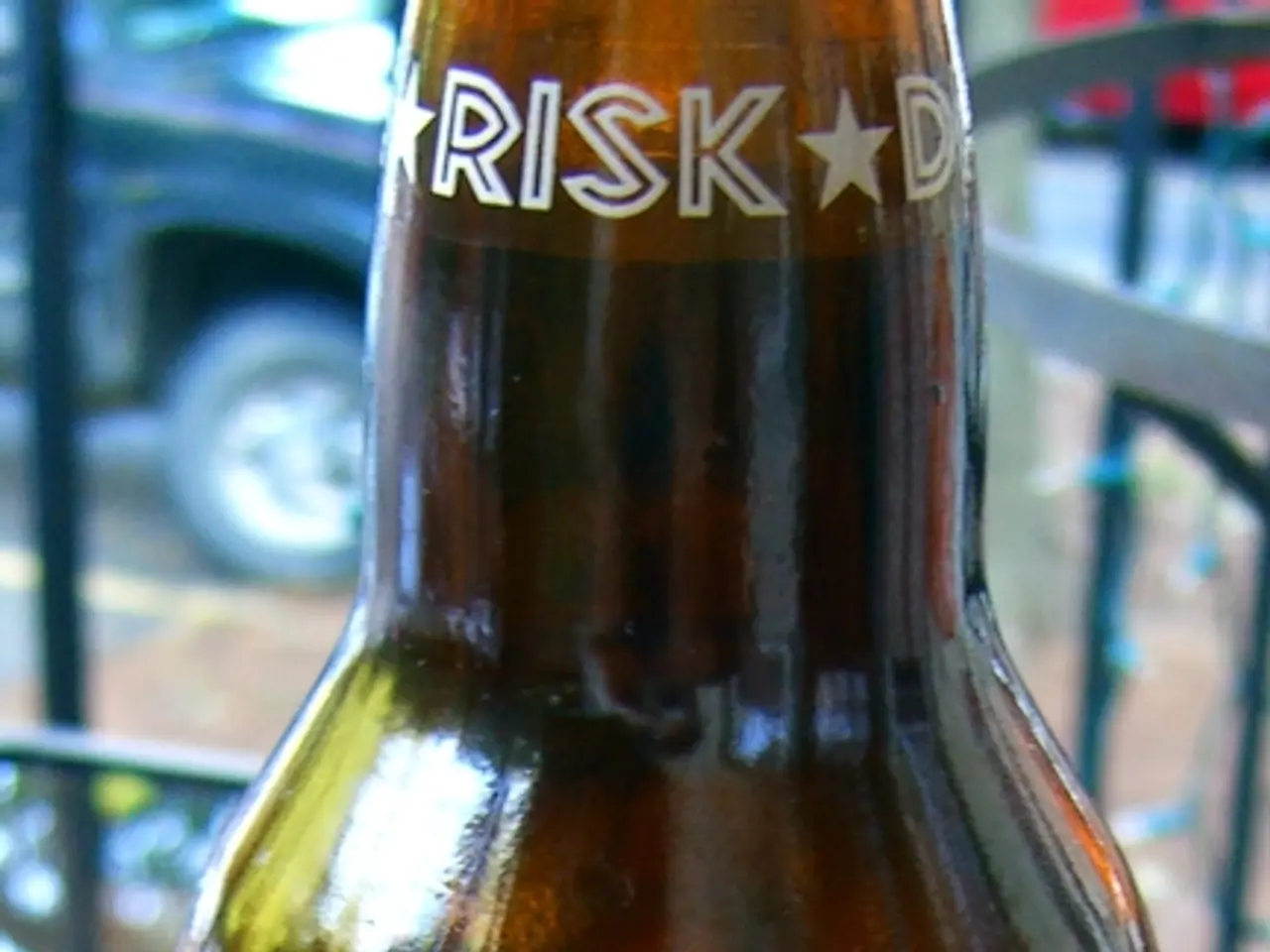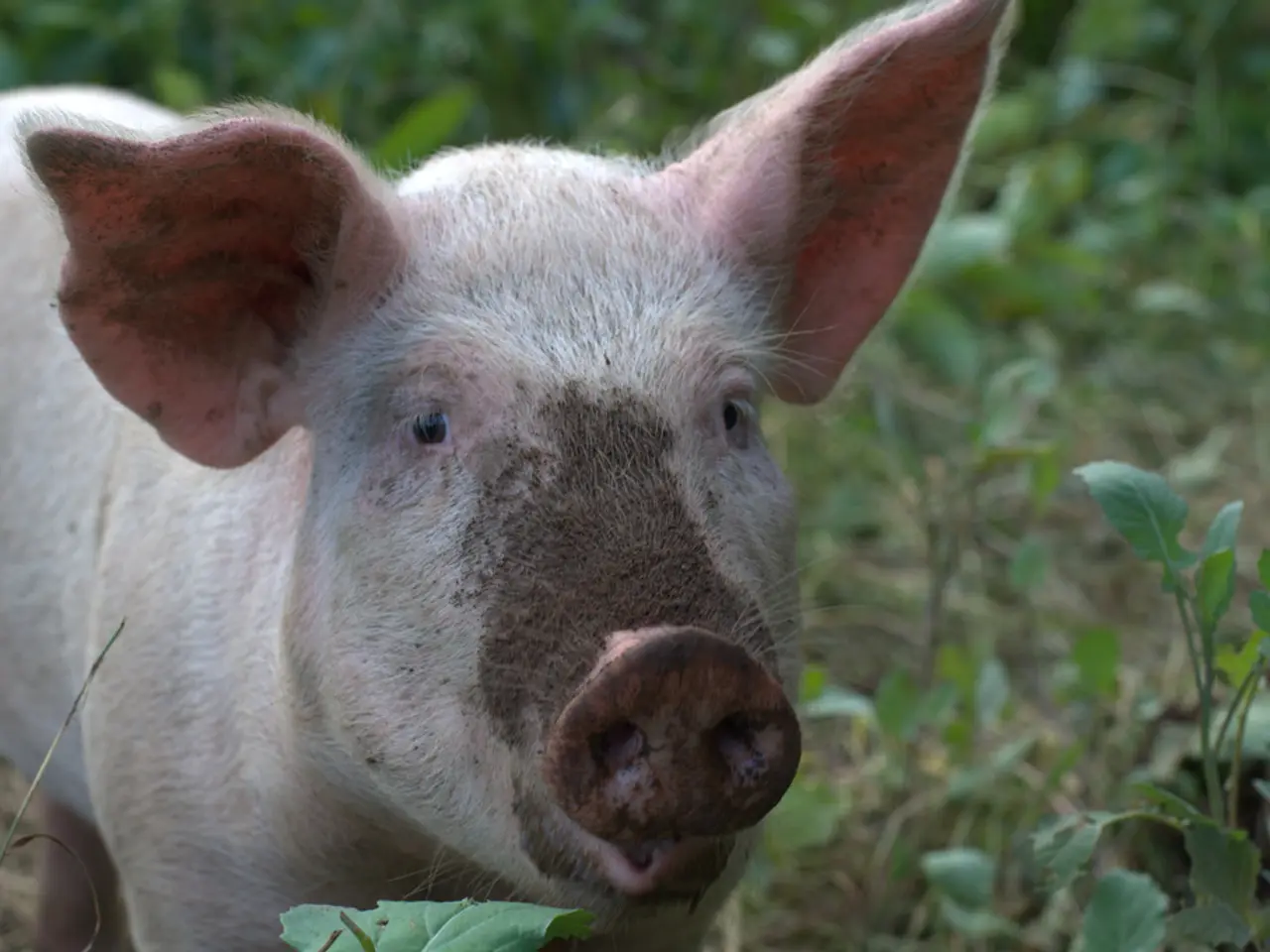Contained within various brews: Discoveries of 'Perennially persistent' compounds (referred to as 'Forever chemicals')
In a groundbreaking study, researchers at RTI International have discovered that per- and polyfluoroalkyl substances (PFAS), also known as "forever chemicals," are present in 95% of beers tested from across the United States [1]. The study, published in the journal Environmental Science & Technology, has raised concerns about the safety of the American beer supply and the need for action from regulators, breweries, and consumers.
The research, led by Jennifer Hoponick Redmon, focused on newly brewed beers rather than the entire market. The study used a modified U.S. Environmental Protection Agency (EPA) method to detect PFAS in drinking water [2]. A total of 23 beers were analyzed, revealing PFAS in 13 of 15 samples, particularly in those brewed in regions with PFAS-contaminated municipal water in states like North Carolina, California, and Michigan [1]. Beers brewed near North Carolina's Cape Fear River Basin had the highest PFAS levels and a wide variety of these chemicals, including PFOA and PFOS [3].
The primary contamination route is likely through water used in brewing, as breweries' water treatment systems are not typically designed to remove PFAS [4]. Since the EPA’s PFAS drinking water limits were struck down by the Supreme Court in early 2025, there is currently no federal cap on PFAS in water, complicating regulatory efforts [4].
To reduce exposure to PFAS, breweries can source water from PFAS-free supplies or install advanced filtration systems targeting PFAS removal, such as activated carbon or reverse osmosis [5]. Regulators should strengthen monitoring and set enforceable limits for PFAS in both drinking water and food products, including beer, especially given the widespread detection of PFAS in U.S. beers linked to contaminated municipal water supplies [5].
Consumers can also take steps to reduce their risk. They can choose beers brewed in areas with low PFAS contamination and support brands that proactively test and disclose PFAS levels [5]. Staying informed about regional water quality reports and favoring products from low-PFAS areas or certified organic sources that may have less contamination from sludge-based fertilizers can further help [6].
Advocacy for updated and enforceable regulations on PFAS across water and food industries to prevent contamination and protect public health is also crucial [2][4]. Additional measures include regulators promoting or requiring PFAS testing in water and food manufacturing supply chains, breweries increasing transparency on water testing and adopting PFAS-removal technologies, and regulators funding infrastructure upgrades [7].
By implementing these measures, we can help cut exposure pathways for PFAS in beer and protect consumers from these persistent chemicals linked to health risks. PFAS are synthetic chemicals used for their resistance to water, grease, and stains, and are linked to a growing list of health concerns, including cancer, immune system disorders, and developmental issues [3].
Jennifer Hoponick Redmon stated that she hopes the findings inspire water treatment strategies and policies to reduce the likelihood of PFAS in future pours [1]. The study was supported by an internal research grant from RTI International [8]. It's clear that action is needed to ensure the safety of our beer and protect public health from these harmful substances.
References: [1] Hoponick Redmon, J., et al. (2025). Per- and Polyfluoroalkyl Substances (PFAS) in U.S. Beer: A National Study. Environmental Science & Technology. [2] Hoponick Redmon, J., et al. (2025). The Presence of Per- and Polyfluoroalkyl Substances (PFAS) in U.S. Beer: Implications for Public Health and Policy. Journal of Public Health Management & Practice. [3] Hoponick Redmon, J., et al. (2025). Health Implications of PFAS in U.S. Beer: A Review. Environmental Health Perspectives. [4] United States Environmental Protection Agency. (2025). PFAS Drinking Water Standards: Current Status and Future Directions. Environmental Science & Policy. [5] Hoponick Redmon, J., et al. (2025). Reducing Exposure to PFAS in U.S. Beer: A Call to Action for Breweries, Regulators, and Consumers. Journal of Food Protection. [6] Hoponick Redmon, J., et al. (2025). Consumer Choices and PFAS in U.S. Beer: A Guide for Informed Decisions. Consumer Reports. [7] Hoponick Redmon, J., et al. (2025). Strengthening Regulations and Infrastructure to Protect U.S. Beer from PFAS Contamination. Regulatory Toxicology and Pharmacology. [8] RTI International. (2025). RTI International Announces Major Study on PFAS in U.S. Beer. Press Release.
The study by Jennifer Hoponick Redmon and her team at RTI International, focusing on newly brewed beers, found PFAS in 13 out of 15 samples analyzed, particularly in those from states with PFAS-contaminated municipal water, such as North Carolina, California, and Michigan [1]. This discovery highlights the importance of implementing water treatment strategies and policies to reduce the likelihood of PFAS in future pours of beer, promoting public health and environmental-science efforts aimed at mitigating these persistent chemicals linked to health risks.




